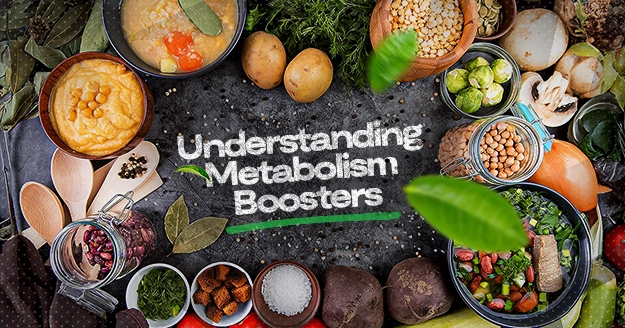Introduction
It can be difficult to distinguish between physical and emotional hunger, but learning to do so is an important part of maintaining a healthy relationship with food. In this article, we’ll explore how to differentiate the two so you know which type of hunger you’re experiencing and learn some tips on how to deal with emotional eating.
What is Physical Hunger?
Physical hunger, also known as biological hunger, pertains to when your brain signals a physical demand for food or “fuel.” It typically develops gradually and can be satisfied with any type of food.
This kind of hunger is frequently felt through bodily sensations. When hunger is intense, most people experience an empty feeling in their stomach, growling, rumbling, or even a gnawing, uncomfortable, or nauseated sensation.
Physical hunger can also manifest as symptoms outside the stomach, such as chest or throat tightness, exhaustion, sleepiness, difficulty concentrating, and even emotional changes, such as anxiety or anger (also known as “hanger”).
What is Emotional Hunger?
Emotional eating is when you eat specific types of food or comfort foods to make yourself feel better or to fill emotional needs rather than physical ones. It is a response to feelings of stress, boredom, or other emotional triggers. It is often sudden and intense and can be accompanied by cravings for certain foods.
When you feel down or upset, some people turn to food for comfort. Eating activates the brain’s reward system and makes you feel better. However, emotional hunger cannot be satisfied with food alone and typically requires addressing the underlying emotional need.
You can make efforts to limit your cravings when unpleasant emotions threaten to trigger emotional eating. Stop emotional eating by trying these methods:
- Keep a food diary.
Keep track of what you consume, how much and how often you eat, how you feel while eating, and how hungry you are. You may notice trends that reflect your eating habits and the relationship between mood and food over time.
- Tame your stress.
Stress is one of the triggers of emotional eating. Try stress management strategies like yoga or meditation.
- Fight boredom.
Instead of munching when you’re not hungry, distract yourself and do a healthier activity. You can walk your pet, take a stroll in the park, read, or listen to music.
- Snack healthy.
If you get hungry in between meals, consider a nutritious snack such as fresh fruits, veggies, or Greek yogurt.
- Is your hunger physical or emotional?
It’s probably not physical hunger if you ate just a few hours ago and if you don’t have a rumbling tummy. Allow the craving to pass.
- Emotional eating therapy and support.
Stop emotional eating by leaning on family and friends. You can also consider joining a support group.
How to Identify Physical vs. Emotional Hunger
One way to distinguish between physical and emotional hunger is by knowing the common characteristics of physical and emotional hunger.
What are the characteristics of physical hunger?
- Emptiness, growling, grumbling, or gnawing in the stomach.
- The physical sensations come on slowly.
- Food cravings may be less specific.
- Hunger may appear to be linked to a desire for satiety and fulfillment.
- Physical sensations may be coupled with exhaustion, trouble concentrating, moodiness, or anxiety, or these feelings may occur independently of physical sensations.
- Generally occurs 2-3 hours after eating something gratifying, but may occur sooner or later if you’ve eaten something inadequate or are malnourished.
What are the characteristics of emotional hunger?
- Hunger is linked to the development or aggravation of strong emotions such as worry, stress, anger, grief, or joy.
- Physical sensations in the stomach may occur, but these sensations will generally feel more like anxiety.
- Hunger strikes quickly and intensely, typically in conjunction with another strong emotion.
- Food cravings are frequently more specific.
- Hunger can be associated with a desire for soothing, comfort, relaxation, or numbness.
- This happens regardless of when you last ate.
Conclusion
Learning to recognize the difference between physical and emotional hunger is an important part of developing a healthy relationship with food. By understanding the signs of each type of hunger, you can begin to make more mindful choices about what and when you eat.









